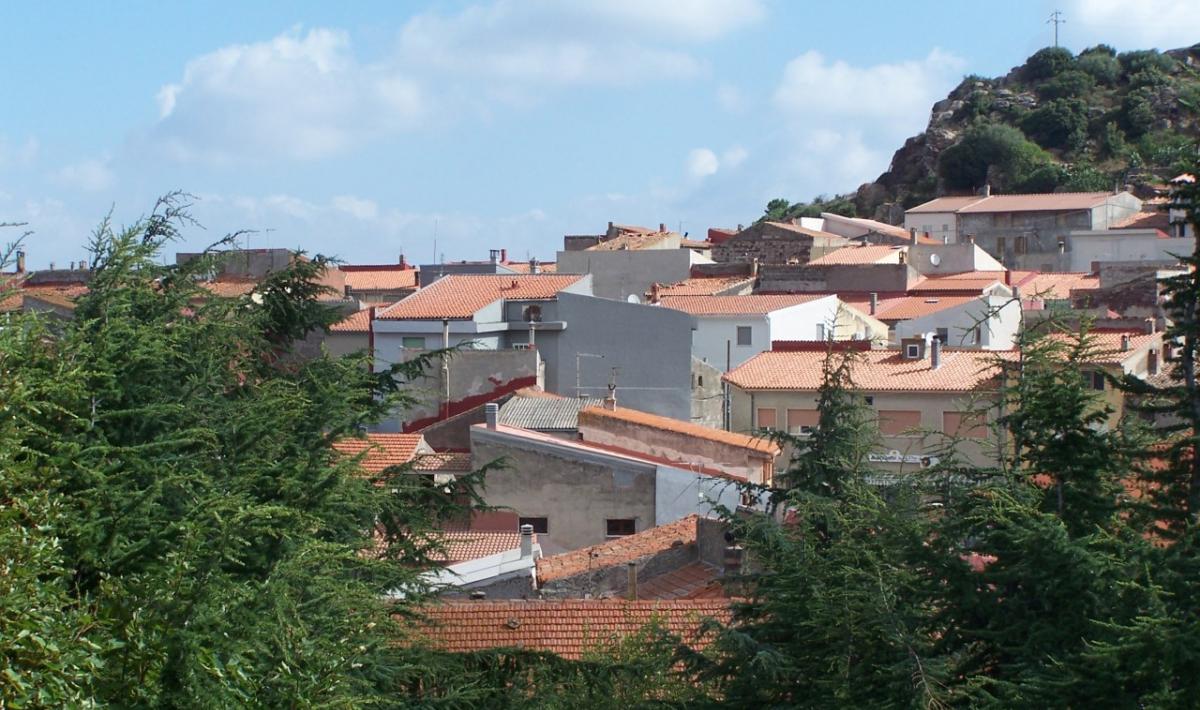Although Sardinia is a wonderful idyllic Mediterranean island, few know that there is a Greek village.
The village of Montresta in Sardinia was founded by Greeks from the Mani peninsula in 1750.
Montresta is in the Province of Oristano and is located about 140 kilometres northwest of Cagliari.

As Jannis Korinthios, a lecturer in Modern Greek Studies at the University of Calabria and a prominent member of the Greek diaspora explains, Montresta “owes its roots and historical identity to the exodus and dispersal of the people of Mani which started in 1676.”
Maniots had a reputation as fierce and proudly independent warriors who practiced piracy and fierce blood feuds.
For the most part, the Maniots lived in fortified villages (and “house-towers”) where they defended their lands against the armies of William II Villehardouin and against those of the Ottoman Empire.

Defeated by the Ottoman Turks in 1669, 730 Maniates, in consultation with the Genoese, left Mani and found refuge and protection in Genoa. They were led by the Stephanopoulos family and the bishop of Itilo Parthenios Kalkandis.
Many, including monks and nuns, then dispersed to Corsica. The Greeks were given a dry and arid location on the island which looked amazingly like Mani; the migrants named it Paomia. It was located 4 kilometres east of today’s village of Cargèse.
Greeks of Mani move to Sardinia
However, as Korinthios explains, things got very tough for the Greeks in Corsica.
When the people of Corsica revolted against the rule of Genoa in 1731, the Greeks adopted a neutral stance out of gratitude to the Genoese who had helped them. This led to retaliation by the rebels.

Korinthios, whose passion for the Greek language was instrumental in convincing Athens to launch International Greek Language Day in 2017, says that “for fifty years they suffered uprooting and relocation until they were allowed to settle in their new village of Cargeze.”
Korinithios adds: “But, several families opted to move to Sardinia and establish themselves in the village of Montresta, which they themselves founded around 1750.”
The Maniots have left, but today, various elements of architecture and crafts, including basket making, are reminiscent of Greek art.
READ MORE: Cargèse: The secret Greek hamlet in Corsica you never knew about.

